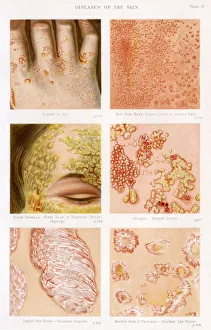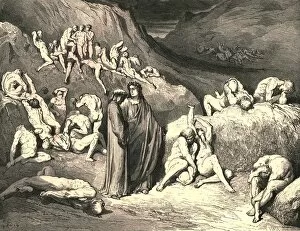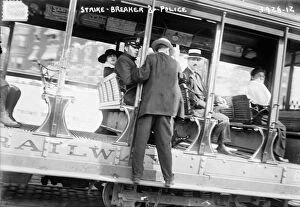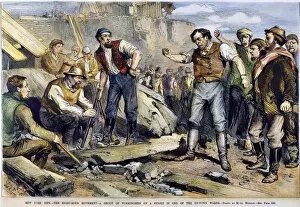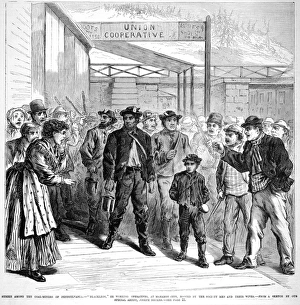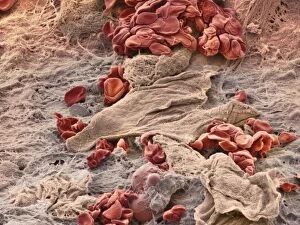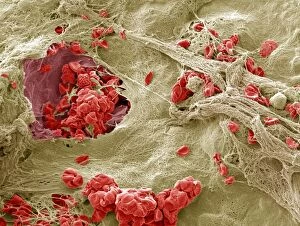Scab Collection
"The Scabs: A Symbol of Injustice and Resilience" In the realm of justice, scabs have long held a peculiar appeal
All Professionally Made to Order for Quick Shipping
"The Scabs: A Symbol of Injustice and Resilience" In the realm of justice, scabs have long held a peculiar appeal. From the intricate illustrations in "Diseases of the Skin - Plate 4" to the haunting images captured in "Diseases of the Skin - Plate 5, " these seemingly insignificant formations on our bodies tell tales of struggle and resilience. One such tale unfolds during the tramway strike in Milan, where strikers desperately tried to prevent service resumption with replacement personnel. The clash between volunteer transport and their police protection, vividly depicted in a black-and-white photograph from May 1926, showcases how scabs became pawns in a larger battle for workers' rights. But it is not just physical wounds that leave scars; societal conflicts also manifest as scabs. Gustave Doré's c1890 illustration reveals how crusts can be drawn from underneath our collective skin, flaking away piece by piece. This metaphorical representation reminds us that healing requires addressing deep-rooted issues rather than merely covering them up. During times of labor unrest, scabs often emerge as controversial figures. Soldiers convoying coal carts amidst a strike in Sheffield circa 1920 symbolize those who break ranks with their fellow workers for personal gain or survival. Their presence atop broken streetcars further emphasizes the fractures within society caused by conflicting interests. Yet beyond strikes and protests lies another facet – medical science unravels nature's own process through cross-sectional biomedical illustrations. These depictions reveal how fibrous plugs harden into protective scabs before eventually falling off once new skin growth is complete—a testament to our body's remarkable ability to heal itself. However, not all instances involving they are rooted solely in biology or worker disputes; they can also reflect social tensions.





